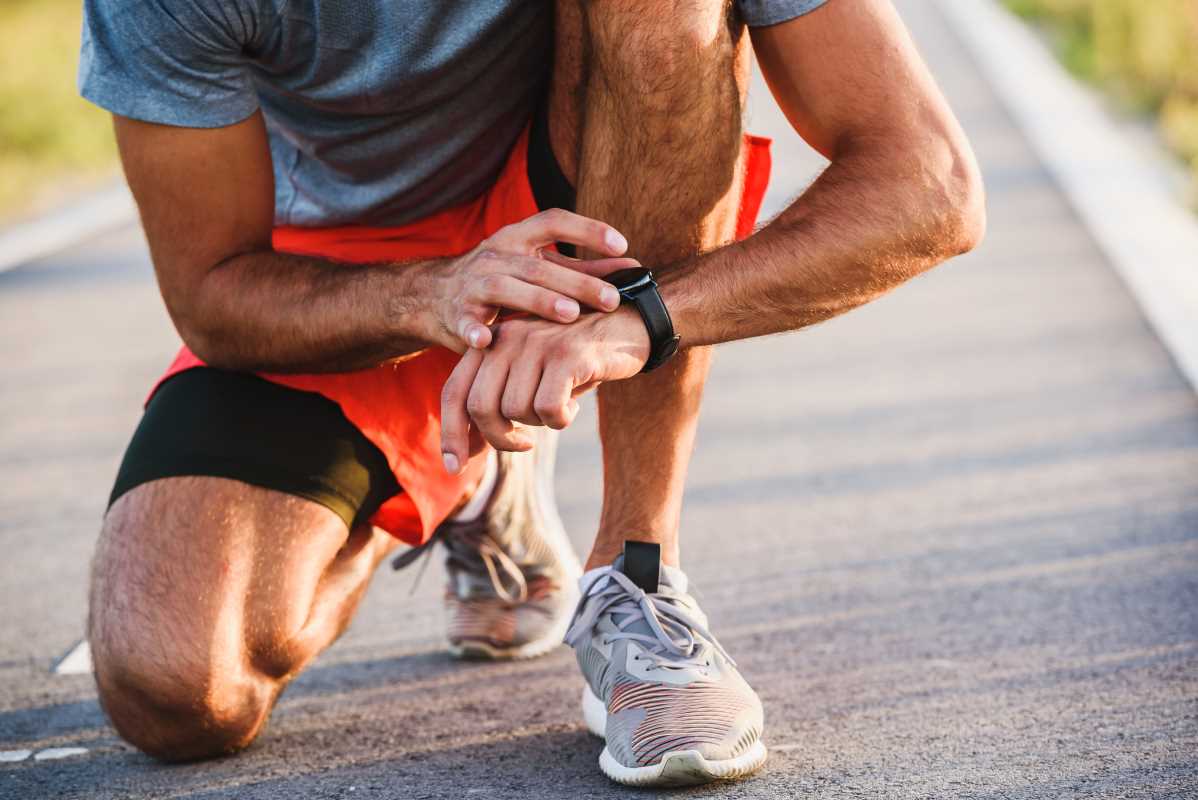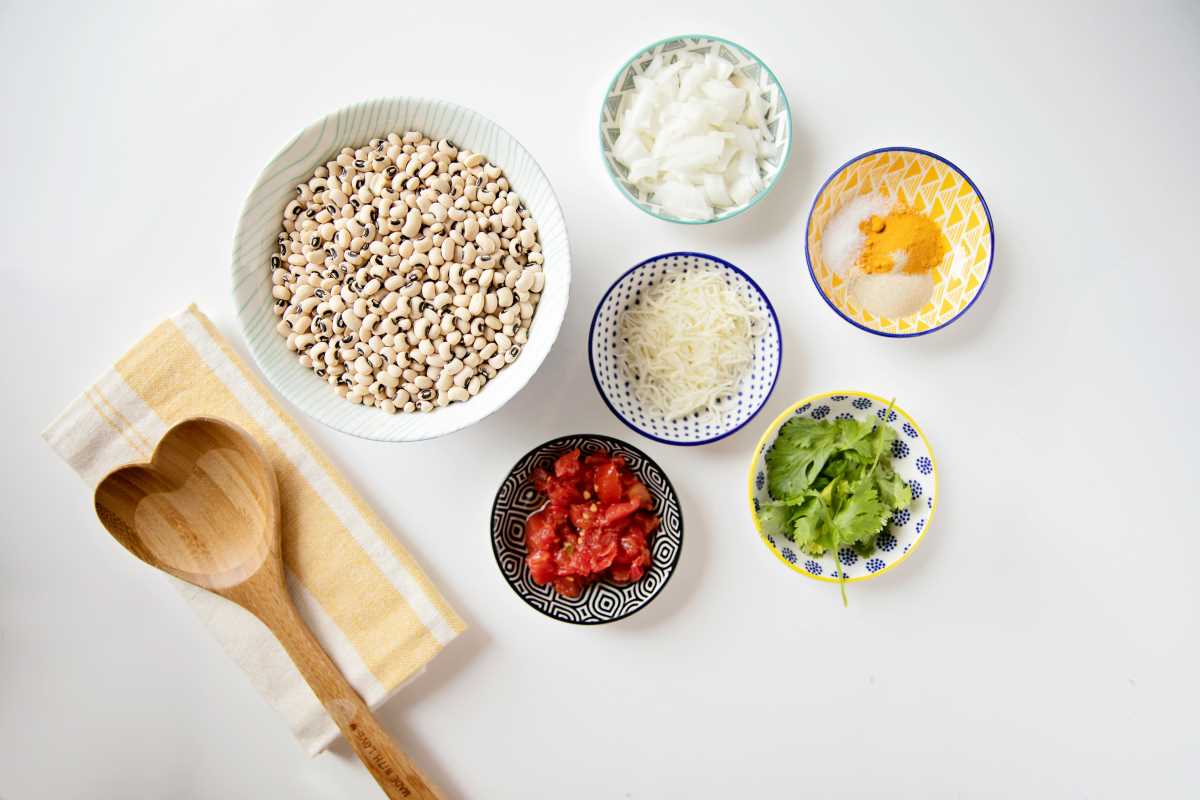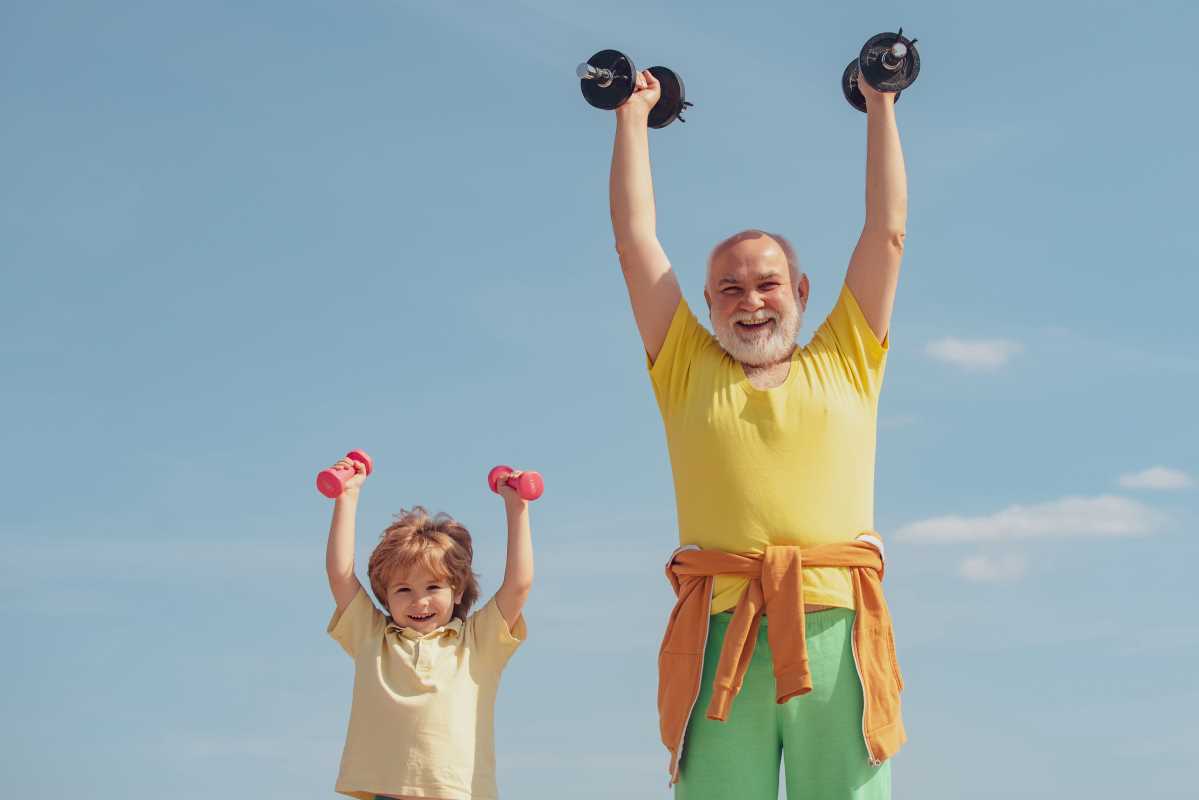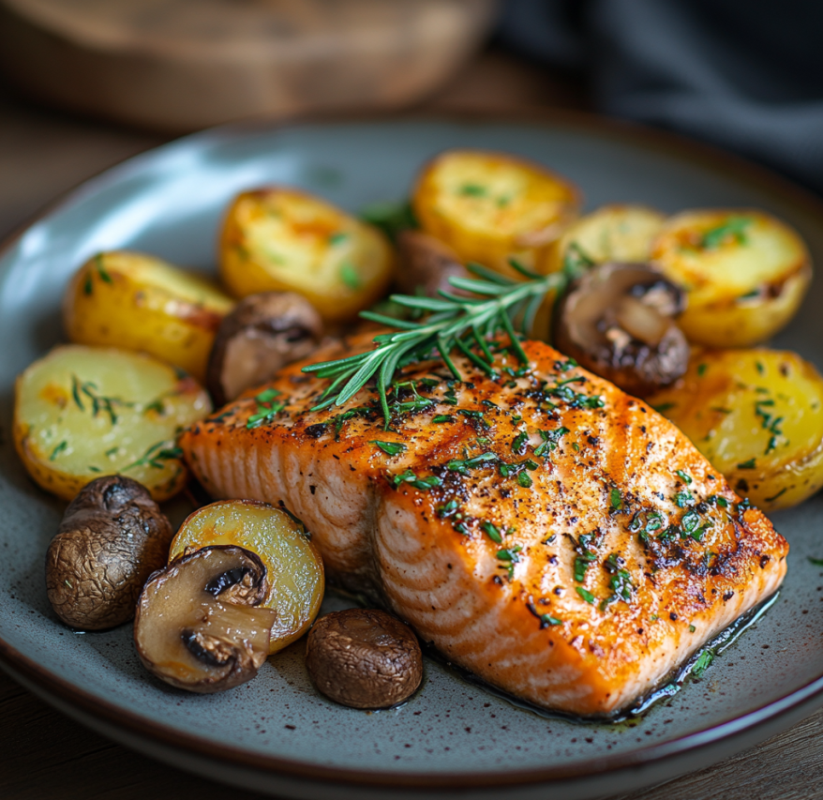Summer is here, and with it comes sunny skies, backyard barbecues, and days spent outside enjoying the warmth. But that heat can quickly go from enjoyable to dangerous if you’re not careful. Whether you’re planning a hike, lounging by the pool, or simply running errands, staying safe in hot weather is essential.
Heat-related illnesses like heat exhaustion and heatstroke can sneak up on you faster than you think—but the good news is, they’re usually preventable. All it takes is a little preparation and some smart habits to beat the heat while still enjoying everything summer has to offer.
Here are some practical tips to stay healthy and safe during the hottest days of the year.
1. Stay Hydrated
Hydration tops the list for good reason! When temperatures rise, your body needs extra water to keep cool. Dehydration not only makes you feel sluggish but can also increase your risk of heat exhaustion or heatstroke.
Tips for Staying Hydrated:
- Drink Water Frequently
Sip water consistently throughout the day, even if you’re not thirsty. Aim for at least 8–10 glasses daily, and even more if you’re active or sweating a lot.
- Carry a Reusable Water Bottle
Keep a bottle handy when you’re on the go. Having water within arm’s reach makes it easier to remember to drink.
- Eat Water-Rich Foods
Foods like watermelon, cucumbers, and oranges not only taste refreshing but also help keep you hydrated.
- Skip Sugary Beverages
Drinks like soda or juice can dehydrate you further, so stick to water, herbal teas, or electrolyte drinks when possible.
Fun tip? Infuse your water with slices of lemon, mint, or berries for an extra burst of flavor!
2. Recognize the Signs of Heat-Related Illness
Heat-related illnesses come in different stages, but they all have warning signs. Knowing what to look for can help you act quickly if you—or someone else—starts feeling unwell.
Early Signs to Watch For:
- Heat Exhaustion
- Heavy sweating
- Fatigue or weakness
- Dizziness
- Nausea or headache
- Cool, clammy skin
- Heatstroke (More Severe)
- Hot, dry skin (no sweating)
- Confusion or agitation
- Rapid pulse
- Loss of consciousness
- Body temperature over 103°F
If you notice heat exhaustion symptoms, move to a cooler spot, drink water, and rest. If it progresses to heatstroke, call 911 immediately—it’s a medical emergency.
3. Dress for the Weather
What you wear can make a big difference when it’s hot outside. Choosing the right materials and colors will help your body stay cool.
Smart Outfit Choices:
- Light Colors
Stick to whites, pastels, or light grey to reflect the sun’s rays, rather than absorbing them.
- Breathable Fabrics
Cotton, linen, and moisture-wicking materials are your best bet for staying cool and comfortable. Avoid heavy fabrics like denim.
- Looser Fits
Tight clothing traps heat. Opt for relaxed fits that allow airflow around your body.
- Wide-Brim Hats
A hat shields your face, neck, and shoulders while adding some extra flair to your summer look.
- Sunglasses with UV Protection
Your eyes can also suffer from too much sun exposure, so invest in quality shades to block harmful rays.
The goal is to feel as comfortable as possible—not like you’re baking in a personal oven!
4. Plan Outdoor Activities Wisely
Whether you’re gardening, walking the dog, or tackling a workout outside, timing is everything when it comes to summer activities.
Tips for Smarter Scheduling:
- Avoid Peak Sun Hours
The sun’s rays are strongest between 10 a.m. and 4 p.m. If you can, plan outdoor activities for early morning or late evening.
- Take Frequent Breaks
Don’t push yourself too hard—rest in shaded areas to cool down periodically.
- Pay Attention to Weather Alerts
On particularly hot or humid days, it’s worth considering indoor alternatives for your plans.
Remember, an ounce of prevention is worth a pound of cure—especially when temperatures soar.
5. Cool Down Quickly
Even if you’re taking precautions, you might still find yourself overheated. Knowing how to cool down quickly can prevent heat exhaustion and keep you feeling refreshed.
Quick Cooling Tricks:
- Find Shade or A/C Fast
Head indoors to air conditioning or sit under a tree for immediate relief.
- Use Cold Packs
Apply cold compresses or ice packs to pulse points like your wrists, neck, or the backs of your knees.
- Take a Cool Shower
A 5–10 minute rinse with lukewarm to cool water can work wonders.
- Stay Wet
Dabbing water on your skin and letting it evaporate cools you down naturally. A misting fan can add an extra boost!
Feeling a little overheated? Popsicles or chilled fruit might be both tasty and cooling!
6. Protect Yourself from the Sun
Too much sun exposure isn’t just uncomfortable—it can lead to severe skin damage or even heat illness. A little sunscreen goes a long way when it comes to preventing UV-related problems.
Sunscreen Basics:
- Choose the Right SPF
Use a broad-spectrum SPF 30 (or higher) that protects against both UVA and UVB rays. Don’t forget sensitive areas like your ears or the back of your hands.
- Reapply Often
Reapply sunscreen every two hours, or sooner if you’re sweating or swimming.
- Seek Shade
Bring an umbrella, pop-up tent, or simply sit under a tree during peak sun hours.
It’s not just about avoiding a bad sunburn—regular sun protection helps prevent long-term skin issues like premature aging or even skin cancer.
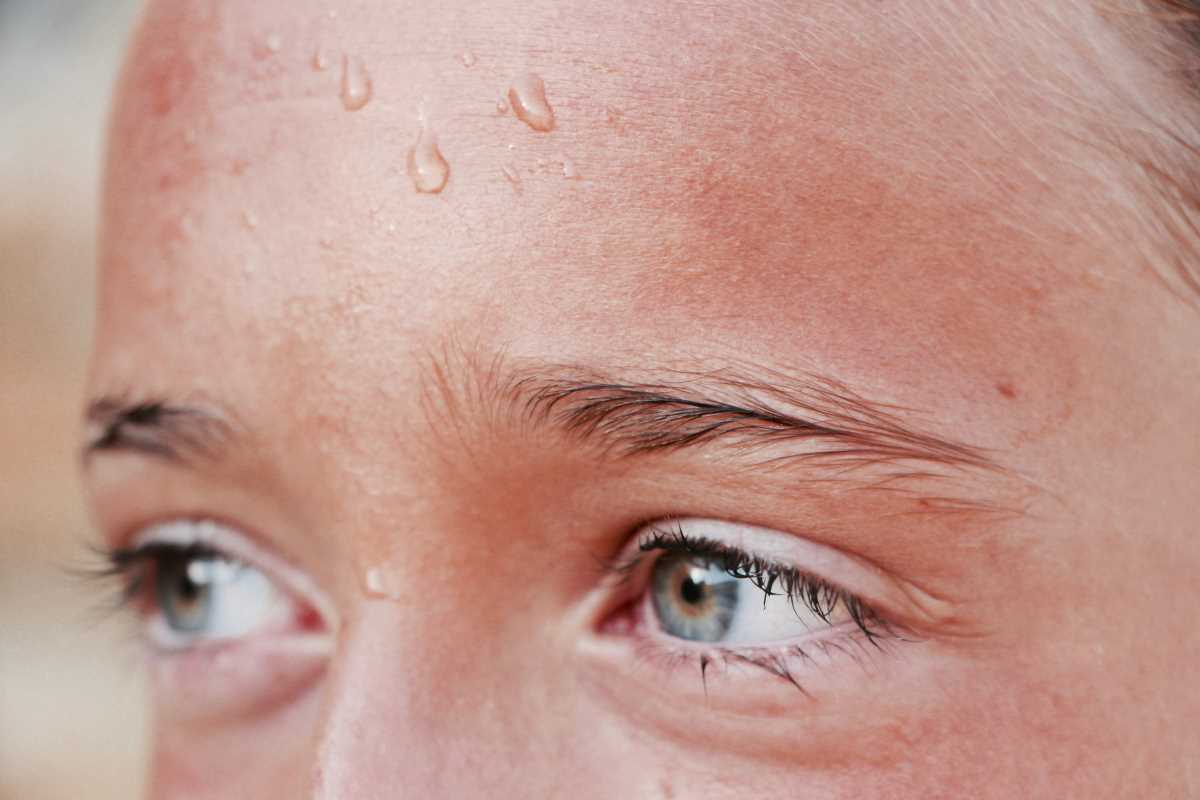 (Image via
(Image via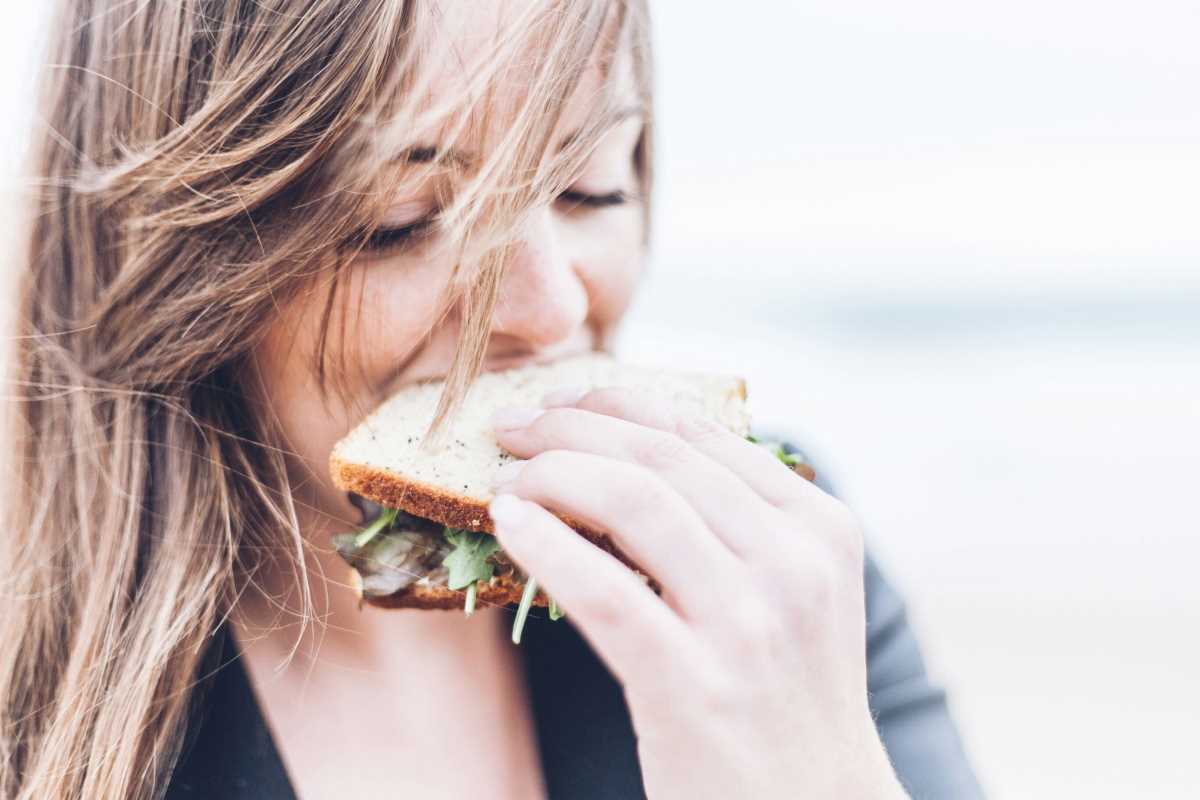
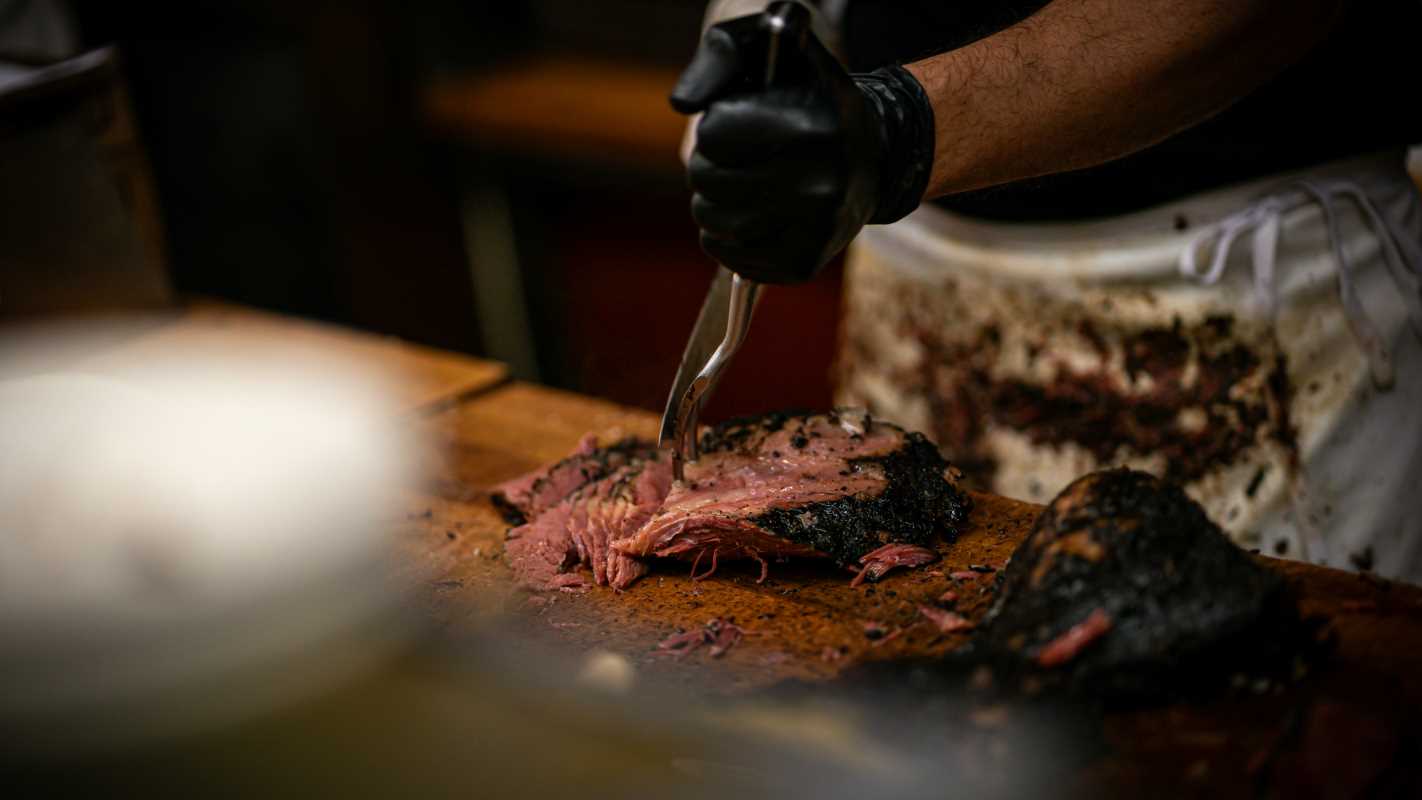
.jpeg)
